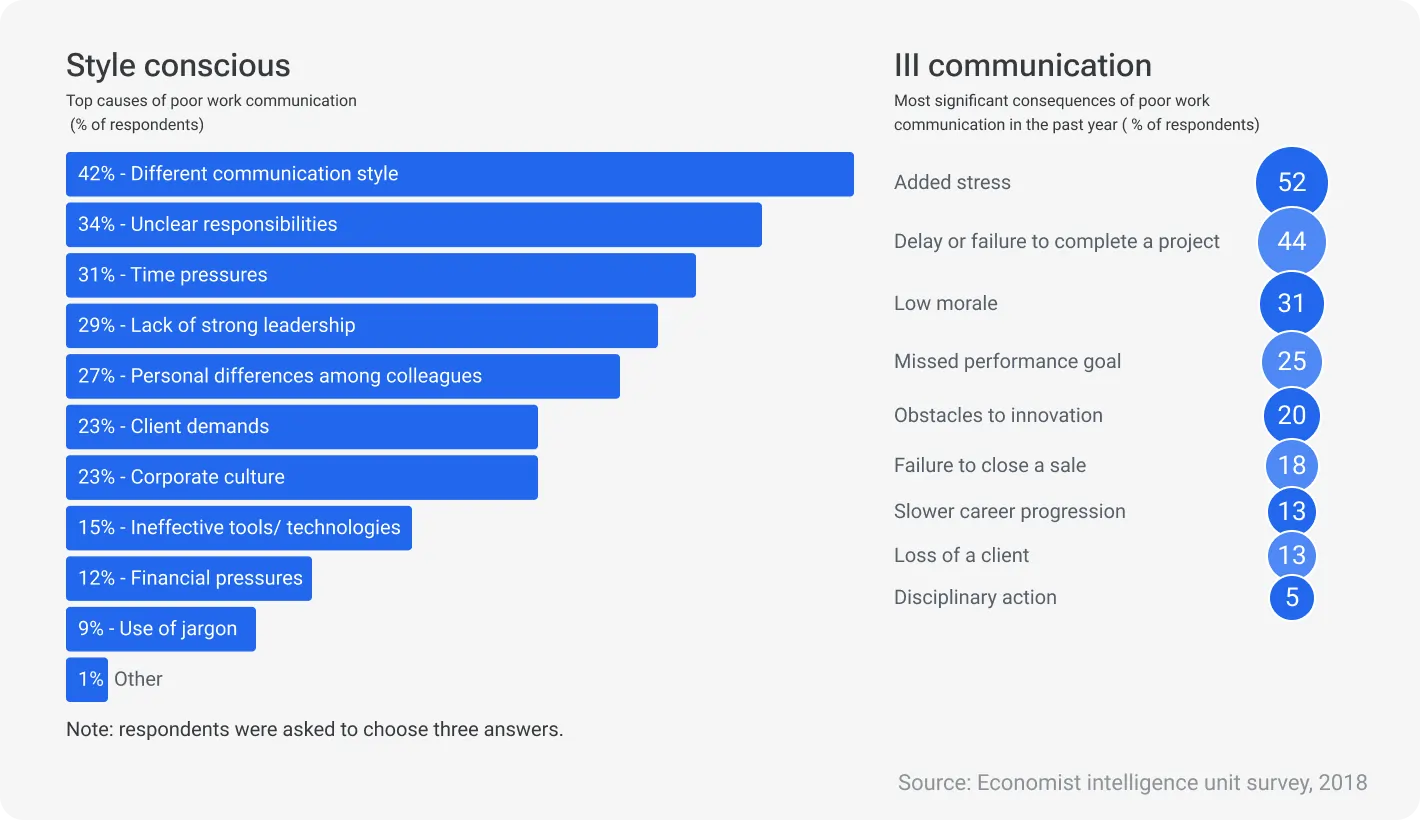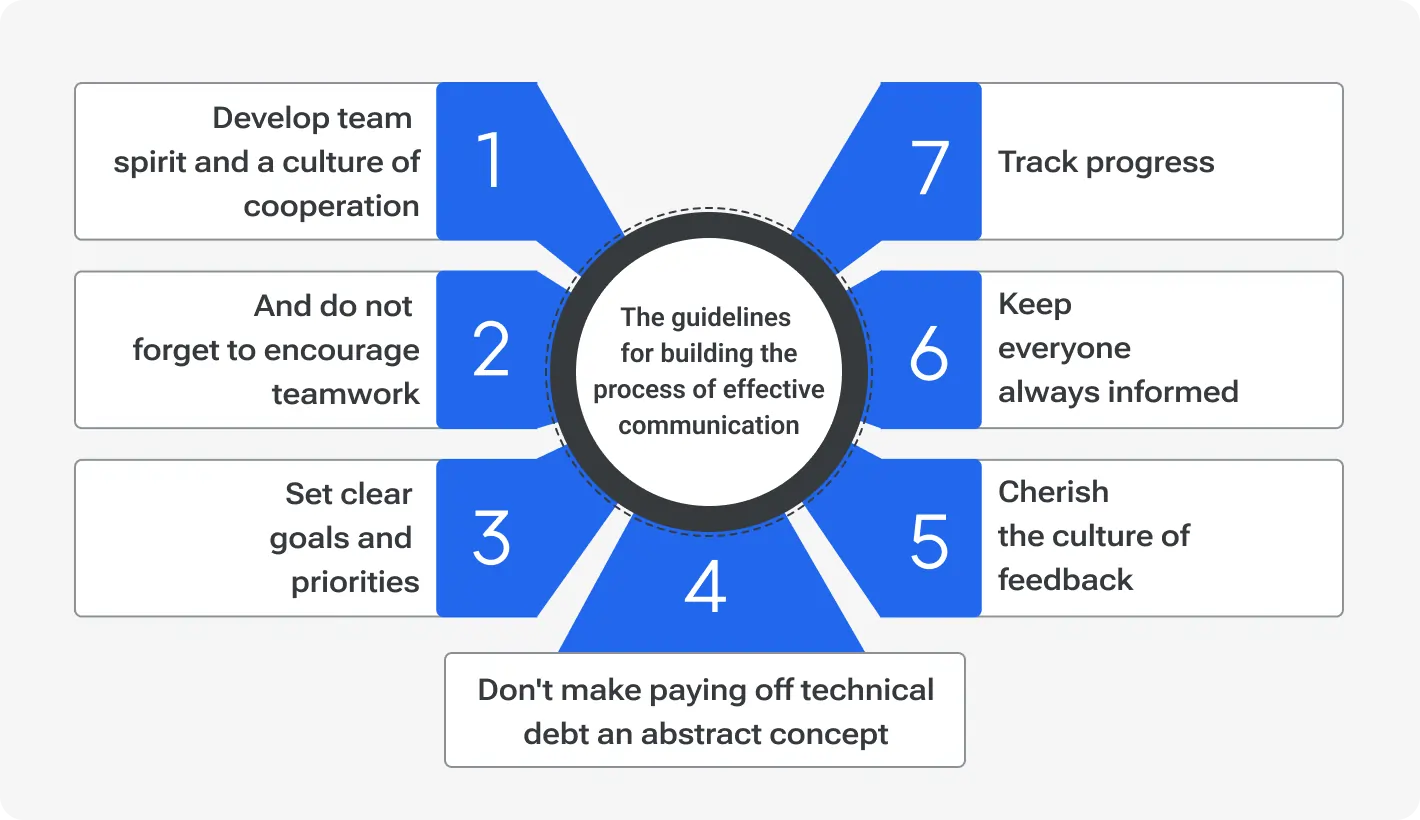Outsourcing to Czechia

How much does it cost to hire developers in Czechia?
Dec 2nd 25 - by Devico Team
Find out how much it costs to hire software developers in Czechia in 2025. Compare hourly rates, roles, and factors that impact pricing.
Hire
Hire by role
Hire Front-end developers
Hire Back-end developers
Hire Full-stack developers
Hire Android developers
Hire iOS developers
Hire Mobile developers
Hire AI engineers
Hire ML engineers
Hire Automation QA engineers
Hire Blockchain developers
Hire Data engineers
Hire Cloud engineers
Hire by skill
Hire JavaScript developers
Hire TypeScript developers
Hire Ruby on Rails developers
Hire React Native developers
Hire Flutter developers
Hire Golang developers
Hire React.js developers
Hire Python developers
Hire PHP developers
Hire .NET developers
Hire Java developers
Hire Laravel developers

Tech debt
October 29, 2024 - by Devico Team
Summarize with:
Managing tech debt successfully can lead to 50% faster achievement of business goals through quicker IT task completion, as Gartner states. And to develop and implement an effective strategy to overcome this phenomenon, it is necessary to properly discuss this topic with stakeholders, especially if they are not technology professionals.
Do you find communicating technical debt to non-technical stakeholders a challenge? Then this article is for you. From it, you will find some effective strategies and practical tips on why it is essential to manage this phenomenon and how to talk about it correctly.
Tech debt stands for choosing the fastest IT solutions instead of the best and most high-quality ones. While it can be beneficial in the short term, it provokes some problems in the long run. Companies may take on technical debt intentionally to accelerate time to market and win some competitive advantage or unconsciously as a result of improper management and incorrect estimation of task completion deadlines.

Regardless of the reasons for this phenomenon, it is essential to deal with it properly. Like a real financial debt, a technical one can "grow" and lead to "interest". If you don't do anything to pay it off for a long time, it may cause the following consequences:
Significant additional costs. Companies on average spend 10-20% of their whole IT budget on addressing technical debt, as the McKinsey survey has shown. But in the case of its improper management, 60% of organizations notice that it has grown significantly over the past 3 years. In neglected cases, the cost of covering it can reach as much as 50% of the total annual budget. To avoid the rise of additional costs, managing technical debt correctly and timely is crucial.
Extra time spent. Engineers waste an average of 23-42% of their working hours on coping with the problems caused by technical debt, as the research of CodeScene states. To keep this figure closer to 23 percent rather than 42 percent, or better yet, even lower, it is essential not to neglect these issues at the early stages. Otherwise, they will continue to accumulate, creating more and more difficulties and thereby reducing the speed and productivity of engineers.
A downturn in the company atmosphere. Technical debt impact on the overall atmosphere and culture in the organization is often underestimated. However, it should not be overlooked. This phenomenon often leads to faster burnout of employees who face its consequences. This, in turn, may generate high turnover and an increase in recruiting costs. In addition, tech debt often complicates and lengthens the onboarding process for new employees. In addition, it frequently triggers misunderstandings and conflicts within the development team and between departments.
The business impact of technical debt can turn from positive in the short term to significantly negative in the long run if not handled correctly. So how to communicate the importance of this to stakeholders? Below, you will find a few working methods for this.
Communicating technical debt to non-technical stakeholders may be difficult. But still, it is possible to do it effectively if you use the right techniques. Below, we will consider the 5 best technical debt communication strategies.
Some stakeholders may be business and management aces, but may not be deeply immersed in all the technical nuances. A complex, abstruse technical style of speech can be very difficult for them to understand. Therefore, the cases explained in this form may simply not be accepted.
Imagine a situation where you come to a doctor, and, instead of explaining to you what exactly your health issue is, what the prognosis is, and what exactly to do to cure it, he/she gives a long speech full of incomprehensible medical terms. You are likely to be confused, misjudge the extent of the problem, and draw the wrong conclusions. Similarly, a person who does not have a technical background may feel the same way when you tell them about something using complex terms. They may underestimate the problem because they don’t understand it or, vice versa, think that everything is so bad that there is even no way to fix it.
To be more clear and persuasive, don't overload your speech with technical terms. It is better to think ahead about how to explain them in simple words. Keep in mind that a common mistake is to explain some terms in other terms that may not be understood as well. Try to avoid this and explain everything taking into account that a person may be far from all technical nuances at all.
The same goes for technical jargon. It is very convenient for communicating with fellow developers, but a person who is not immersed in this environment may not understand it or perceive it incorrectly.
Do not overload your interlocutor with technical terms and jargon, but rather give more understandable, life-like explanations. For example, compare tech debt to a loan, pointing out that it can be profitable in the short term, but if you delay paying it off, you can get into a debt hole because of the accumulation of interest and penalties.

Non-technical stakeholders are often focused not on the development processes, but on the business results they deliver. So do not dive deeply into the technical details of the issues but talk more about their impact on the company as a whole. Highlight the following points:
what the risks of not dealing with tech debt are;
what undesirable consequences it provokes;
what missed opportunities it causes.
Doing so, don't be unsubstantiated. Use specific, measurable metrics, such as:
operational efficiency;
time-to-market;
customer experience, etc.
Give examples of what rates you have now, how they may deteriorate due to the accumulation of technical debt, and how they can grow if you take successful steps to deal with this phenomenon.
Some people perceive information better by ear while others better comprehend it visually. To make sure to convey the right message to your interlocutors, it is better to use both channels at once.
In addition to your speech, create a presentation with charts, graphs, and infographics that illustrate technical debt problems, their possible solutions, and how these steps are going to benefit the business. Also, use metaphors and analogies from life for greater clarity. They will help in the process of simplifying technical concepts and persuading your interlocutors.
Use real examples of other companies for inspiration and persuasion. Tell about the success stories of overcoming technical debt issues. Mention that even market giants faced tech debt problems and explain how they solved them.
You can use such an example as Microsoft. Their world-famous product Windows has some shortcomings and vulnerabilities. However, the company methodically and persistently fights to manage its tech debt, constantly making improvements. This helps its product stay at the top of the most used operating systems globally.
If your speech is too negative, it may be perceived negatively as well. If you focus only on problems and bad consequences, the conversation may give a completely different result from what you expected.
Of course, you need to mention the risks and problems that technical debt brings, so that the interlocutors understand the importance of the issue. However, it is better to focus even more on the positive effects of tech debt management. Tell in detail what results you can achieve by taking steps to overcome this phenomenon. Use specific metrics to make the conversation more substantive.
Mention that "paying off" technical debt gradually and methodically can bring such benefits as:
Boosting efficiency. Explain that tech debt issues make developers spend more paid work time on tasks than they otherwise would. And give a forecast of how much the efficiency of work would increase if you took actions to manage this phenomenon.
Enhancing quality. Tell how solving the problems caused by technical debt would make your products better and what business results it can help achieve.
Improving long-term prospects. Provide examples of how solving this issue will help achieve higher goals and overcome competitors in the future. For example, mention that eliminating tech debt can allow updating products more quickly and efficiently.
Now you already know how to build a conversation about the need for technical debt management. However, how to organize the whole process of communication about it? Let's look at the three pillars on which effective communication strategy is based.
Engage everyone involved in processes that may relate to technical debt in the communication. Invite stakeholders to general discussions, so that they are aware of what is happening in the company. Discuss problems and the variants of their solutions altogether.
And do not forget to encourage teamwork. It is easier to deal with challenges for a team than for each employee individually.
To make communication more effective, set priorities and discuss the most important things first. Make sure your priorities align with the overall business strategy of the company.
Don't make paying off technical debt an abstract concept. Think about how exactly it can help improve business performance and set specific goals that can be measured by metrics.
In addition, it is essential not only to discuss the importance of the problem and the necessity to solve it but also to talk about the exact ways of how to overcome it. Suggest specific methods for dealing with technical debt and develop a clear detailed strategy to achieve the objectives.
It is not enough to discuss an issue once before starting to solve it and then evaluate the final result. It is necessary to monitor the intermediate progress constantly and, if necessary, negotiate about whether it is necessary and how to adjust the strategy to achieve better results. For this, hold regular general meetings where you can evaluate the results that you have already achieved and think about how to succeed even more.
Don't let anyone fall out of the work process due to a lack of information. Organize team communication in a way that enables everyone to have access to valuable data, information about changes and updates, etc. You can do this by using task managers like Jira, as well as shared chats in work messengers, such as Slack.
Create the right conditions and opportunities to get feedback on what has already been accomplished and possible difficulties that are preventing the team from achieving the goals. Use this feedback to improve the future strategy.

Some organizations underestimate the importance of communication between the development team and stakeholders. However, this is a very big mistake. Poor communication can lead to many problems. Some of them are listed below.
Lack of communication can lead to a situation when the actions of developers do not align with the company's business goals. This can become a reason for stagnation because of the impossibility of moving further in the right direction.
If they are not aware of the problems that technical debt provokes, they may expect too much and sometimes even the impossible from developers. For instance, if once a certain scope of tasks has been accomplished very quickly by taking on tech debt, they can think that all subsequent updates and changes can be made even faster. However, this may not be realistic because the team initially sacrificed quality and flexibility while completing the previous set of tasks.
Insufficient involvement of stakeholders in work communication may prevent them from understanding why certain processes are happening. This can make stakeholders distrust the development team and blame it for failures that were caused not actually by the faults of certain employees but by technical debt issues.
Due to poor communication, technical debt problems may accumulate because they are not resolved timely. This can significantly slow down further work, causing delays. Technical debt slows down the process of completing subsequent tasks because developers have to spend time fixing the issues caused by it, such as bugs, or illegible parts of code.
Misunderstandings and lack of coordination provoke frequent conflicts. Employees can also feel frustrated when stakeholders expect them to do impossible things. All of this contributes to burnout. This, in turn, reduces productivity, heightens the turnover rate, and increases costs for retaining employees and finding new ones.
Poor communication on technical debt issues leads to the accumulation of problems and the growth of costs related to them. As a result, the company spends more money on:
paying developers for the working hours they are forced to spend due to tech debt issues;
finding and adapting new employees because of increased burnout and turnover;
slower product recovery in case of force majeure due to flaws in the code.
Tech debt can be associated with the use of insufficiently flexible or outdated technologies. If the importance of refactoring is not communicated to stakeholders timely, the opportunities for further updates may be significantly reduced, resulting in major complexities in business development.
If there is no common understanding of the scale and importance of tech debt issues, there may be misunderstandings in setting further business goals and estimating the timeframes for achieving them. If those who are building the business strategy do not realize that there are some stumbling blocks, they may demand, for example, making updates that are not possible with the current technology stack used or completing tasks within unrealistically tight deadlines.
Tech debt may become a stumbling block for further business development and growth. It can hinder scalability and flexibility, making it difficult to adapt to changing market conditions and reducing product competitiveness.
Ignored technical debt leads to multiple difficulties in future work, such as deteriorated productivity, reduced flexibility, increased costs, etc. So it is crucial to communicate it properly to stakeholders.
Poor communication causes mistrust, misalignment, ineffectiveness in dealing with this issue, and other complexities. Therefore, it is essential to build and apply effective strategies for communicating technical debt to stakeholders. For this, use such effective practices as:
avoiding complex technical terms and jargon;
focusing on business goals instead of technical processes;
providing real-life examples;
using metaphors and making connections with life situations for a better understanding;
not dwelling on the negative sides excessively, but citing the pros and benefits of technical debt management;
holding regular general meetings to make plans and evaluate results, adjusting the strategy;
encouraging teamwork and honest feedback;
utilizing easy-to-use work messengers and task managers.
Do you still have trouble with building a strategy for solving technical debt issues? Contact us to get a high-quality IT consultation!
Outsourcing to Czechia

Dec 2nd 25 - by Devico Team
Find out how much it costs to hire software developers in Czechia in 2025. Compare hourly rates, roles, and factors that impact pricing.
Outsourcing to Czechia

Nov 25th 25 - by Devico Team
Compare Czechia and Poland for software outsourcing in 2025. Discover costs, talent, infrastructure, and which country fits your project best.
Outsourcing to Czechia

Nov 18th 25 - by Devico Team
A complete guide to outsourcing software projects to Czechia, learn about costs, talent, benefits, and how to build successful partnerships in 2025.